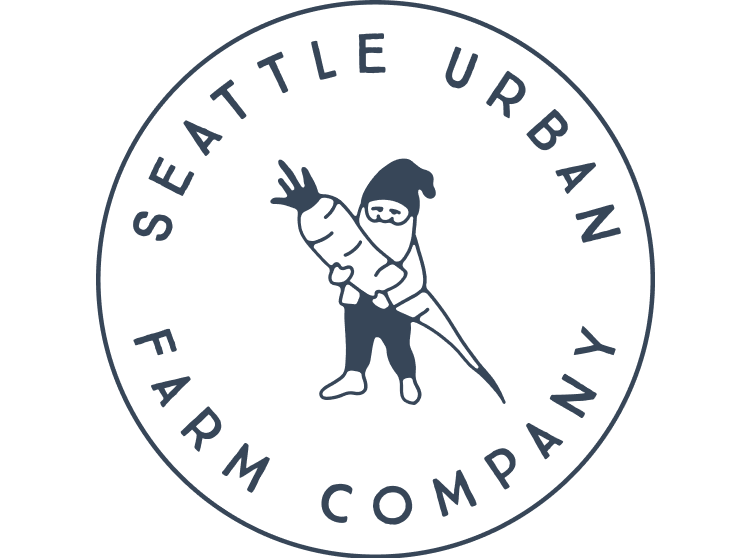Interested in building a new vegetable garden this year or expanding your existing one? Now is a great time to start planning. The first thing you need decide is where the garden is going to be located. Thinking through the entire process and taking the time to make a plan in advance will prevent you from making mistakes that could affect the productivity and beauty of your garden. Here are a few site selection criteria that we consider every time we build a new garden:
Sun Exposure:
The most important factor to consider when exploring potential garden sites is exposure to direct sunlight. Nearly every fruit and vegetable plant will benefit from getting as much sunlight as possible. It is essential that your garden receives at least 6 hours of sunlight at the height of summer. If a site gets less than 6 hours of sun per day during the growing season, consider planting shade tolerant perennial edibles instead of vegetables. Remember that the sun is much higher in the sky in the summer than it is in winter, so objects that are casting lots of shade in March may not be casting any shadows in another month or two. Sunseeker is a very useful app for your smartphone that can help calculate hours of sun exposure in a potential garden site.
Access and Visibility:
Set yourself up for success by setting up your garden so that it’s easy to get to and work in. You’re much more likely to take care of your garden if you walk by it frequently or see it everyday from the kitchen window.
Dedicated Space:
Annual vegetables require different soil management, irrigation, and fertility than established perennial landscaping plants. Making a separate space for your vegetables will ensure they get the care they need and won’t be outcompeted by aggressive perennial roots.
Grade:
An even grade is important for a successful vegetable garden. A slight slope is not a problem, but if you have a steeply sloped area that you want use for food production, build terraces to prevent erosion and make the space easier to work in.
Access to Water:
Consistent water is vital for your vegetable crops. Make sure you can run a supply line for irrigation from your outdoor hose bib to your garden site, or consult with an irrigation specialist if you need to connect irrigation pipes to your water main.
Initial Soil Quality:
If you have poor quality soil, don’t worry! It’s easy to get soil into shape using high quality compost, mineral amendments, and organic fertilizer. If your garden site is adjacent to an older house (built before the mid-1970’s) or structure containing treated lumber, consider testing for lead and arsenic before proceeding with building a food garden.
Site Clearing:
If you have multiple spaces to work with, consider the required work to get the space ready for production. Consider if the initial site clearing become a roadblock or if are you ready to re-purpose an overgrown or unused space. Make a plan before starting a site clearing project and ensure you have all the tools you need on hand for an efficient and easy work party.
Fencing:
If you have deer, rabbits (or an excitable dog) in the area, plan to fence your garden. This step will save you many future garden management headaches.
I hope these suggestions will help you with choosing a site for your vegetable garden! A little planning will go a long way in making your vegetable garden the best that it can be.

